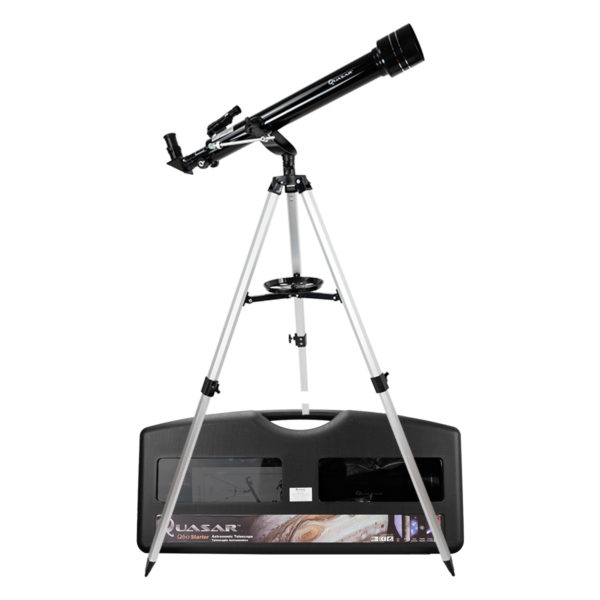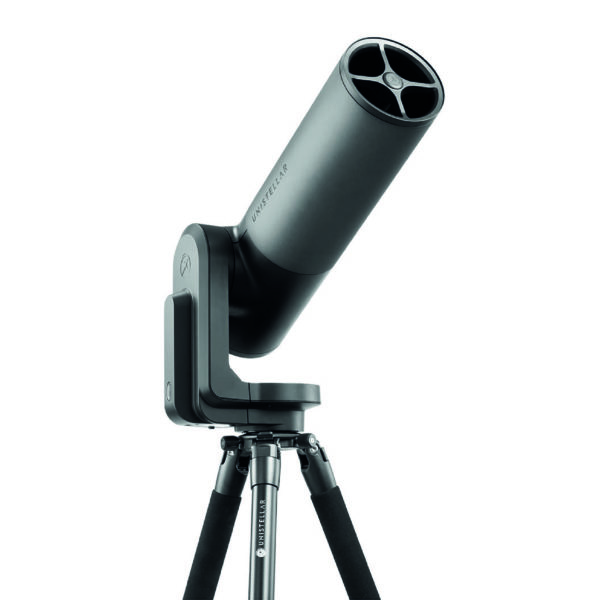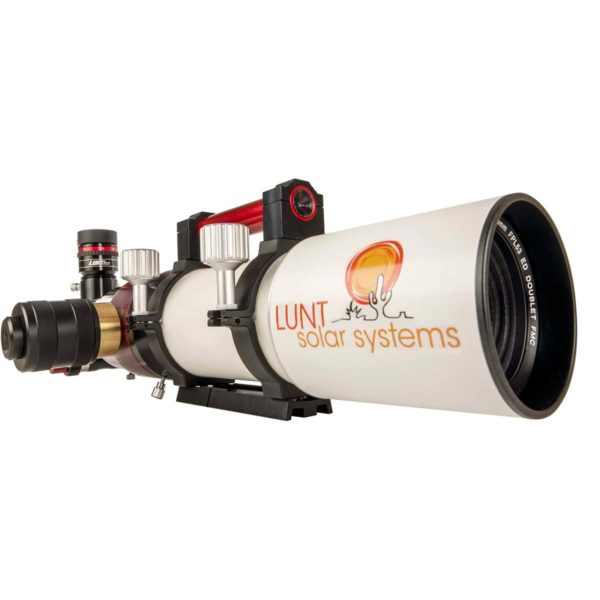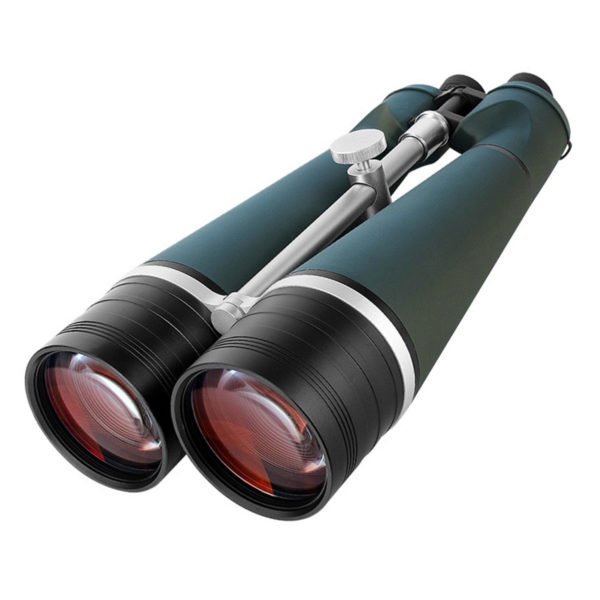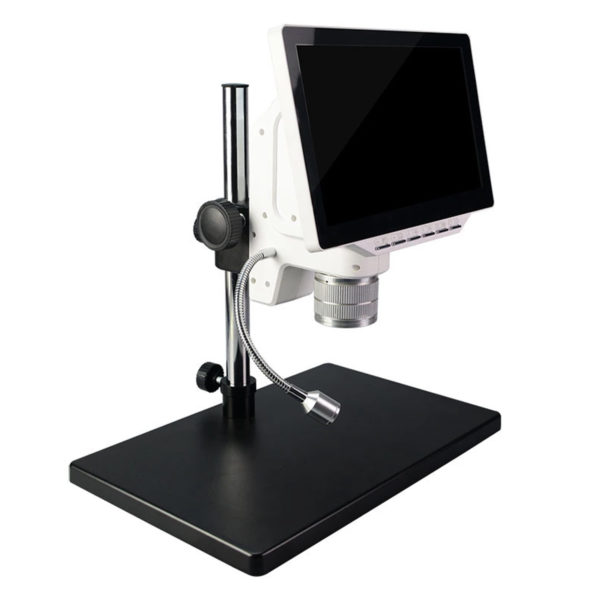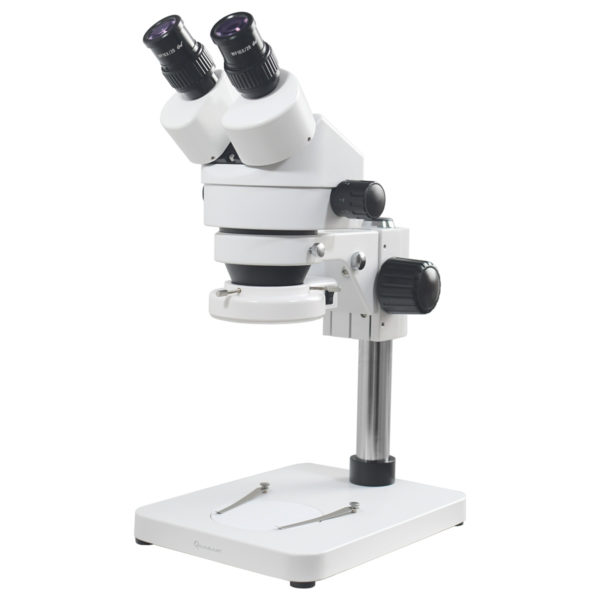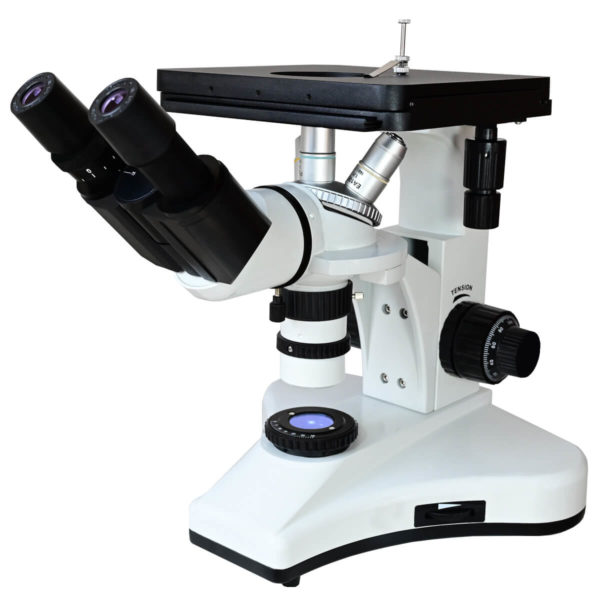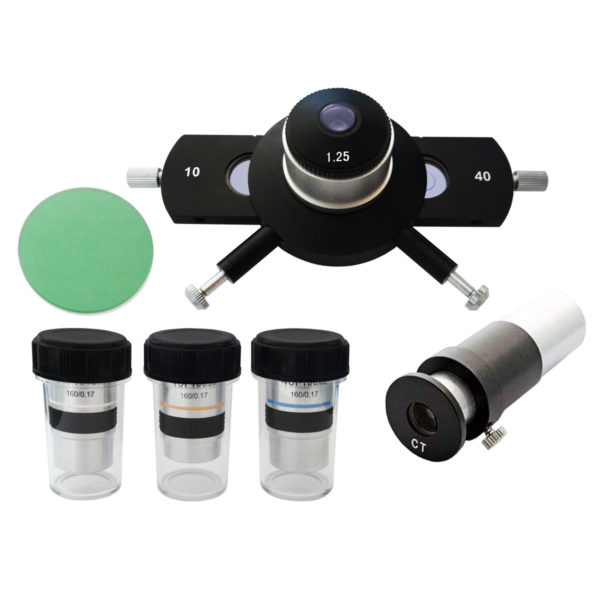Nuclear fusion is no longer science fiction.

For decades we have seen in movies, series, video games, comics, or heard about nuclear fusion, that almost mythical energy for being clean, cheaper, and that promises to give humanity a bright future.
Well, for the first time in the history of humanity, American scientists achieved the great milestone, which promises to become an almost unlimited source of clean energy. This Tuesday the researchers confirmed that they have managed to produce more energy than was spent in the fusion experiment.
While this represents a breakthrough, scientists say there is still a long way to go before fusion powers homes with electricity.
This breakthrough from the Lawrence Livermore National Laboratory (LLNL) in California is basically the process that powers the sun, and it works by taking pairs of light atoms and forcing them to stick together. This fusion is the technology that is currently used in nuclear power plants, but it has some details, such as producing a gigantic amount of waste that emits radiation for hundreds of years.
On the other hand, nuclear fusion produces much more energy and only small radioactive waste that is short-lived, and most importantly produces no greenhouse gas emissions.
The tricky thing about this is that in order to achieve nuclear fusion, an immense amount of energy and pressure is required to hold the elements together. Something that had not been possible until now.

It went like this, they put a small amount of hydrogen in a capsule the size of a peppercorn, then used a powerful 192-beam lasar to heat and compress the hydrogen fuel.
This laser is so powerful that it can heat the capsule to 100 million degrees Celsius, hotter than the center of the sun and buy more than 100,000 million times the Earth’s atmosphere. Under these conditions, the capsule begins to implode on itself, forcing the hydrogen atoms to fuse and release energy.
The deputy head of defense programs at the US National Nuclear Security Administration, Marvin Adamas, stated that the lasers had delivered 2.05 megajoules (MJ) of energy to the target, which had then produced 3.15 MJ of fusion power output.
But how long will it take to illuminate the first homes of the civilian population? Well, there are still several obstacles, such as reducing costs and increasing energy production, since this experiment cost 3,500 million dollars and generated enough energy to boil 15 to 20 kettles. So it is expected that in 50 or 60 years we could see the first fusion power plants.
It only remains to repeat it, refine it and little by little we will see the amount of energy grow in the process, but the biggest obstacle is the investment since fusion is not cheap, but the promise of a clean energy source will undoubtedly be a great incentive for these challenges.



